People are becoming more and more aware of what products they use and what are the ingredients that goes inside to make those products.
And, it’s a good thing because many of the skin care products that are in the market right now have harmful chemicals which can be dangerous to one’s health.
According to Environment Working Group, most skincare products contain endocrine disrupters, which can affect hormonal balance and fertility. Some contain ingredients with clear links to cancer.
There are over 1,300 chemicals banned for use in cosmetics in the European Union due to questions over their safety. In comparison, the U.S. has only banned 11.
In the USA, cosmetics are regulated by the FDA. The regulations are that you can use any chemical as long as your product remains safe.
Cosmetic industry is highly unregulated. There is no pre-product approval before a product hits the market and enters your home. A minuscule approval process exists, but only for color additives and ingredients classified as over-the-counter drugs.
Here is a list of the top chemicals that Top 5 Listicle has curated to avoid as much as possible.
Any day, going for natural, organic items will always be our first suggestion. Though the results are a little slow, it is always better to be safe than sorry!
Table of Contents
Top Harmful Ingredients and their Alternatives in Skincare Products
1. Parabens
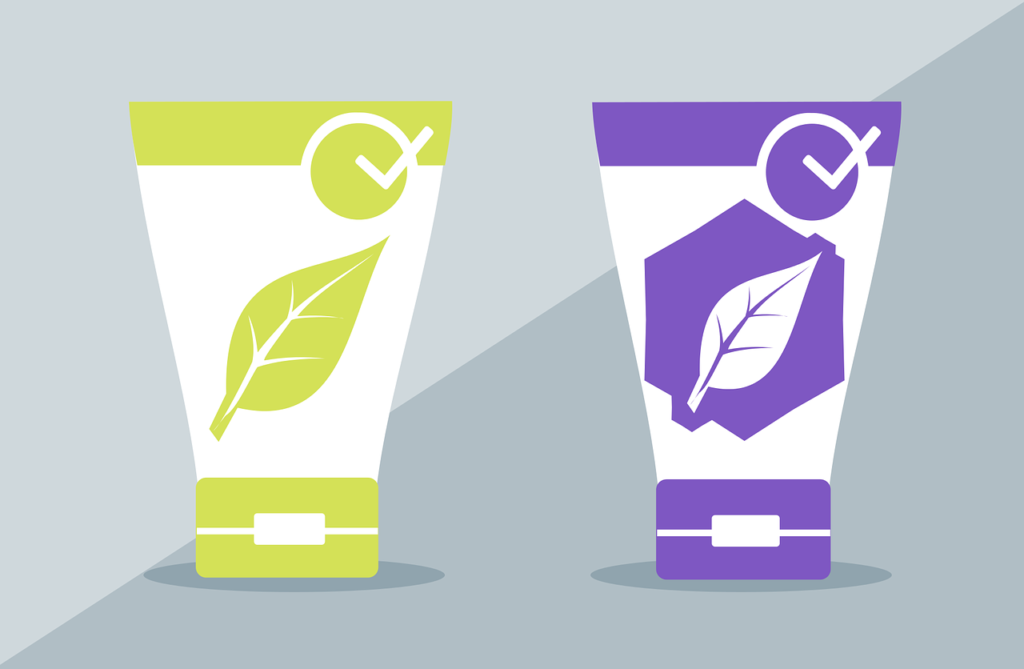
Parabens top the list because these are present in almost every skincare product we use. They are a whole family of chemicals that help in preserving the product from getting ruined- in short, they help in increasing the shelf life of the product.
Found in : Shampoos, conditioners, lotions, facial, shower cleansers and scrubs
What to look on label : Ethylparaben, butylparaben, methylparaben, propylparaben, isobutylparaben, isopropylparaben, other ingredients ending in –paraben
Health Concerns: Parabens are known as endocrine disruptors, meaning they can mimic estrogen in the body and can lead to hormonal imbalances. A recent study found concentrations of parabens, especially methyl parabens in human breast tumors. Another study found that 99% of all cancerous breast tumors contained Parabens.
How to Avoid: Look for products labeled “Paraben-free” and read ingredient lists on labels to avoid products with Parabens.
Alternatives to Parabens
Sodium Benzoate
It is an ingredient in salad dressing jams, sauces and carbonated drinks.It is a known preservative which is 100% natural and has no side effects, and the good news is it is not expensive to produce. Sodium Benzoate naturally occurs in fruits and roots in nature. Some examples of sources of Sodium Benzoate are Cranberries, Apples, Cinnamon, Cloves, plums etc.
Uses: Benzyl Alcohol, Benzoic Acid and its salts, and Benzyl Benzoate are used in a wide variety of cosmetics and personal care products, including baby products, bath products, soaps and detergents, eye makeup, blushers, cleansing products, make up products, as well as hair, nail and skin care products.
Tip: It is best to avoid products containing sodium benzoate in conjunction with ascorbic acid (Vitamin C) or tocopherol (Vitamin E).
Ethylhexylglycerine
Ethylhexyleglycerine is a synthetic compound derived from plants. It is relatively a new chemical in the market. According to Sachem inc., it is a multifunctional cosmetic ingredient used as a humectant, emollient, and to boost the anti-microbial efficacy of other ingredients, including preservatives, to protect products from spoilage.
Humectant: It is a substance that helps to keep things moist. Examples of humectants are Aloe vera gel, honey, castor oil, egg yolks, and egg whites.
Emollient: An emollient helps to keep dry , flaky skin moisturized. Examples of Emollients are moisturizers, lotions, creams.
Uses: Foundation, lipstick, moisturizers, make up, shampoo, conditioner, deodorant, antiperspirant, exfoliant, lotions, baby shampoo/lotion/soap, shaving cream, fragrance, makeup remover, tanning lotion, sunscreen and much more.
2. Sodium Lauryl Sulfate and Sodium Laureth Sulfate
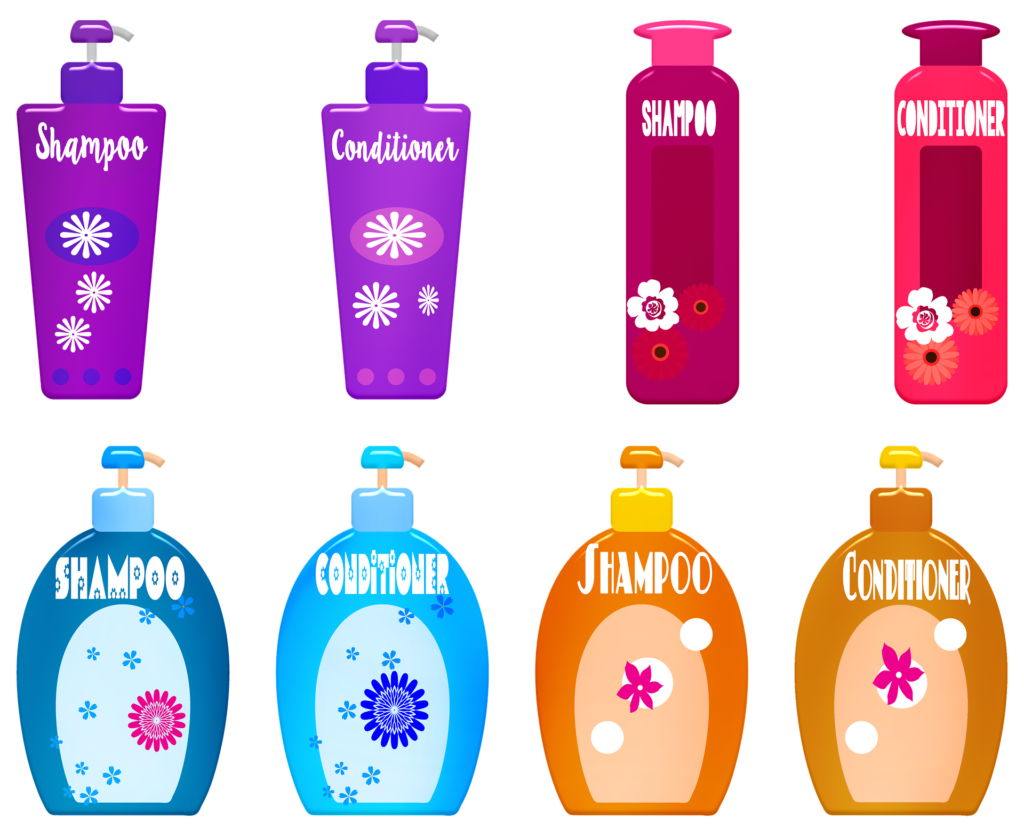
SLS/SLE’s are two of the most common surfactants found in cosmetic products. Surfactants are the reason why you get foam from shampoos, soaps, and shaving gels. With regular use of these skin care products, these chemicals may slowly build up in your body over long-term use.
Found in : Shampoos, soaps, shaving gels, car wash detergents, floor cleaners, engine degreasers
What to look on Labels : Sodium Laureth Sulfate, Sodium Lauryl Sulfate, Ammonium Laureth Sulfate, Sodium Lauryl Ether Sulfate, SLS, SLES, Sodium dodecyl sulfate
Health Concerns: These harsh chemicals are irritants which strip natural oils from skin, causing dryness, allergic reaction, and irritation.
In some cases, it can lead to eczema, dermatitis, and acne around mouth and chin.
How to avoid : Read labels carefully, because any chemical name ending in “-eth” has the potential to produce 1,4 dioxane. Look for products that say “sulfate-free” on them. An increasing number of brands are producing shampoos and soaps without the harmful chemicals, and oil-based face and body cleansers, which are more gentle, are becoming much more common.
Alternatives to Sodium Lauryl Sulfate and Sodium Laureth Sulfate
Sodium Coco Sulfate (SCS)
It is approved by many certification bodies and is a solid anionic surfactant of coconut origin. It offers a fluffy, and abundant lather. It is a strong cleanser.
Sodium Coco-Sulfate (SCS) is made from whole coconut oil, while Sodium Lauryl Sulfate (SLS) is made from lauric acid, an isolated fatty acid that is present in coconut oil. That means SCS will contain some SLS because lauric acid is a component of coconut oil.
Sodium Lauryl Sulfoacetate(SLSa)
It looks like a fine white powder and is non -irritating to the skin at up to 70%. SLS is a solid anionic surfactant of vegetable origin and meets ECOCERT standards. Itoffers a rich lather to products and due to its small particle size, it readily dissolves in water, making it a great choice for things like bathing bombs and foaming bathing salts.
Natural alternatives to Sodium Lauryl Sulphate
- Ingredients that contain Vitamin E
- Anti-inflammatory ingredients
- Hydrolyzed wheat benzoic acid
- Benzyl benzoate
- Ingredients with anti-septic properties
3. Phthalates
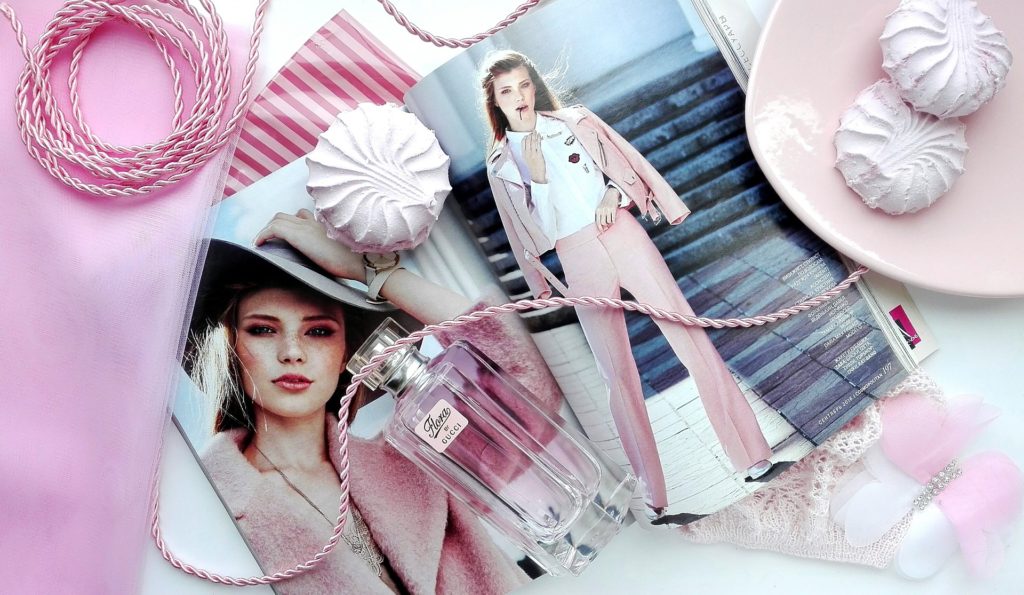
A Phthalate is a plasticizer that is added to plastic to keep it from becoming brittle.They are used in cosmetics as lubricants (softeners).
Many of us use these items daily, if not multiple times per day. It’s understandable why women had a higher occurance of parabens in their urine when you consider that most women use more of these types of products than men do.
Found in : Cosmetics and personal care products like shampoo, deodorants,perfume, nail polish , hairspray, moisturizer, sanitary pads, detergents, baby shampoo, baby soap, baby lotion, diapers
What to look for in the label : phthalate, DEP(diethyl phthalate), DBP(dibutyl phthalate), DEHP (Di- 2 ethylhexylphthalate), benzyl butyl phthalate (BBP), diisonyl phthalate(DINP), fragrance
Health Concerns: Like parabens, phthalates are endocrine disruptors and can cause hormonal and reproductive problems ,birth defects, diabetes, ADHD. It has also been linked to cancer!
How to Avoid: Read the labels on nail products and choose options that do not contain DBP. Products that list ‘fragrance’ or ‘parfum’ on the label should be avoided.
Alternatives to Phthalates
Dipropylene Glycol
This chemical is a good alternative for Diethyl Phthlate which is primarily used as a solvent and fixative in fragrances. Dipropylene Glycol is an excellent , inexpensive and odorless alternative. It is considered as a much better solvent than Propylene Glycol
Isopropyl Myristate
It is a very good alternative to Phthalates as they act as both solvent and solubilizer.
4. Formaldehyde and Formaldehyde -releasing preservatives (FRPs)
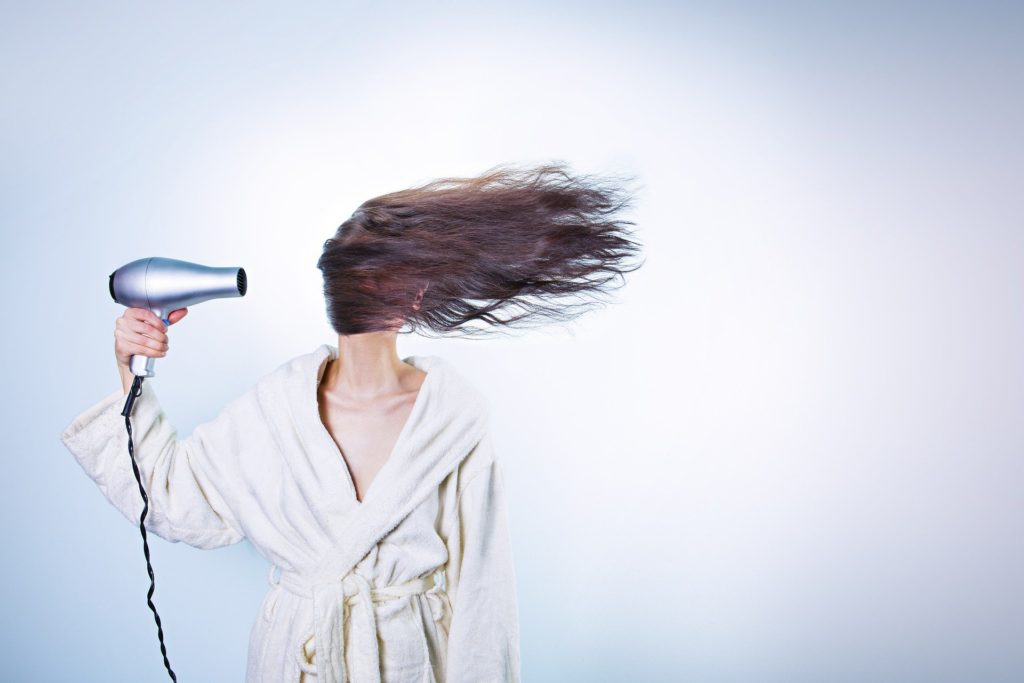
Formaldehyde is naturally present at low levels in many things, including plants, smoke and food. In low levels, it can be safely and legally used in skincare products.
The main usage of these chemicals are to help prevent microbes from growing in water-based products, can be absorbed through the skin and have been linked to cancer and allergic skin reactions.
Found in : Nail Polish,nail glue, eyelash glue, hair gel, hair-smoothing products, baby shampoo, body soap, body wash, color cosmetics
What to look for on the label : Formaldehyde, quaternium-15, DMDM hydantoin, imidazolidinyl urea, diazolidinyl urea, polyoxymethylene urea, sodium hydroxymethylglycinate, 2-bromo-2-nitropropane-1,3-diol (bromopol) and glyoxal.
Health Concerns : Cancer, skin irritation, contact dermatitis with sensitization (a type of eczema due to allergic response)
How to Avoid : Read labels and avoid products containing the following ingredients: Formaldehyde, quaternium-15, dimethyl-dimethyl (DMDM) hydantoin, imidazolidinyl urea, diazolidinyl urea, sodium hydroxymethylglycinate, 2-bromo-2-nitropropane-1,3-diol (bromopol). In addition, choose nail products that are labeled formaldehyde-free or “toxic-trio-free” (formaldehyde, toluene and DBP)
Alternatives to Formaldehyde and Formaldehyde releasing preservatives
Sodium Benzoate
Sodium benzoate has been used to cover or enhance the scent of products and also as an anticorrosive. It has been more recently that it has been used as a preservative. It is excellent at inhibiting the growth of fungus, yeast and bacteria in food, beverages and personal care products. Sodium benzoate is naturally occurring in fruits such as apples, cranberries, prunes and plums.
Natural antimicrobial and antioxidants
Examples include tea tree oil, rosemary oil, Turmeric oil and Neem leaf oil
5. Silicones
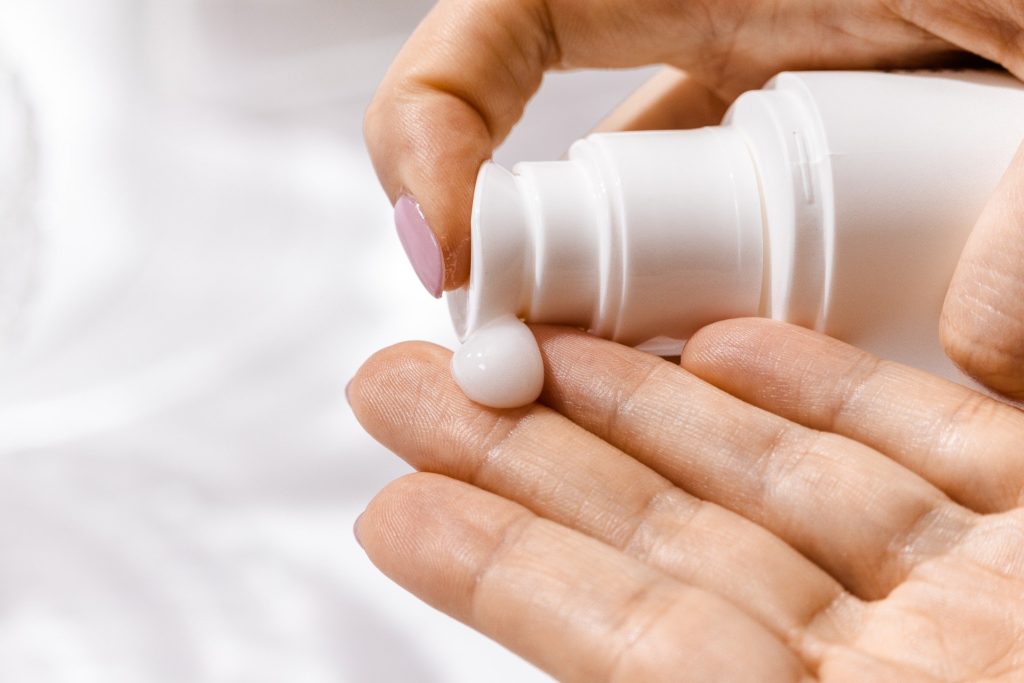
Silicones are a vast family of chemicals only related by a common structural pattern made of silicon and oxygen. Two of the most infamous silicones are Dimethicone and Cyclopentasiloxane.
Dimethicone : It is effective in creating a smoothing finish particularly in hair care products and prevents foundation from oxidizing (i.e. changing color).
Dimethicone Found in : Diaper rash cream, moisturizer, hand lotion, liquid foundation, hair care products like shampoo, conditioner
Dimethicone Health Concerns: Drying the skin leading to premature aging and showing of wrinkles, irritation, acne, building upon hair, and making it heavy, flat, and greasy. Removing Dimethicone from the hair would then require aggressive sulfate-based shampoos, which are known to dehydrate and weaken the hair.
Cyclopentasiloxane(D5) : According to Prospector, The greatest advantage of D5 is to impart a dry and pleasant skin feel, which consumers appreciate. It is a fast-spreading emollient that helps spread the emulsion homogeneously on the skin to evenly distribute active ingredients.
Cyclopentasiloxane Found In: hairspray, sunscreen, antiperspirant, deodorant, hair conditioner, shampoo, hair detangling products, foundation, eyeliner, waterproof mascara, concealer, hairstyling gel, and lotion, lipstick
Health Concerns : Disturb the normal functioning of your hormones
Silicone alternatives
Natural Alternatives
- Natural alternative to Dimethicone like Broccoli Seed Oil which is expensive but has been identified as a remarkable surrogate
- Olive oil is described as a high-performance texturizer with emollient properties and is recommended for use in anti-frizz hair care products and skin hydration formulations as a silicone and mineral oil replacement.
Top Toxic Ingredients to Avoid in Skincare Checklist
Want a handy checklist that can be downloaded easily? Check out the link below.
[Source : Download Toxic Ingredient Checklist]




How harmful the chemicals are.. just came to know. Will be very careful in buying the beauty products in future.
Yes! The more we get to know about these products, the scarier they turn out to be!
Very informative…. good article
Thank you so much! 🙂
This is really needed❤️
Like!! Great article post.Really thank you! Really Cool.
I have been reading out some of your articles and i can claim pretty nice stuff. I will make sure to bookmark your site.
I do not even know the way I ended up here, however I believed this submit was great. I do not realize who you’re however certainly you’re going to a well-known blogger for those who are not already 😉 Cheers!